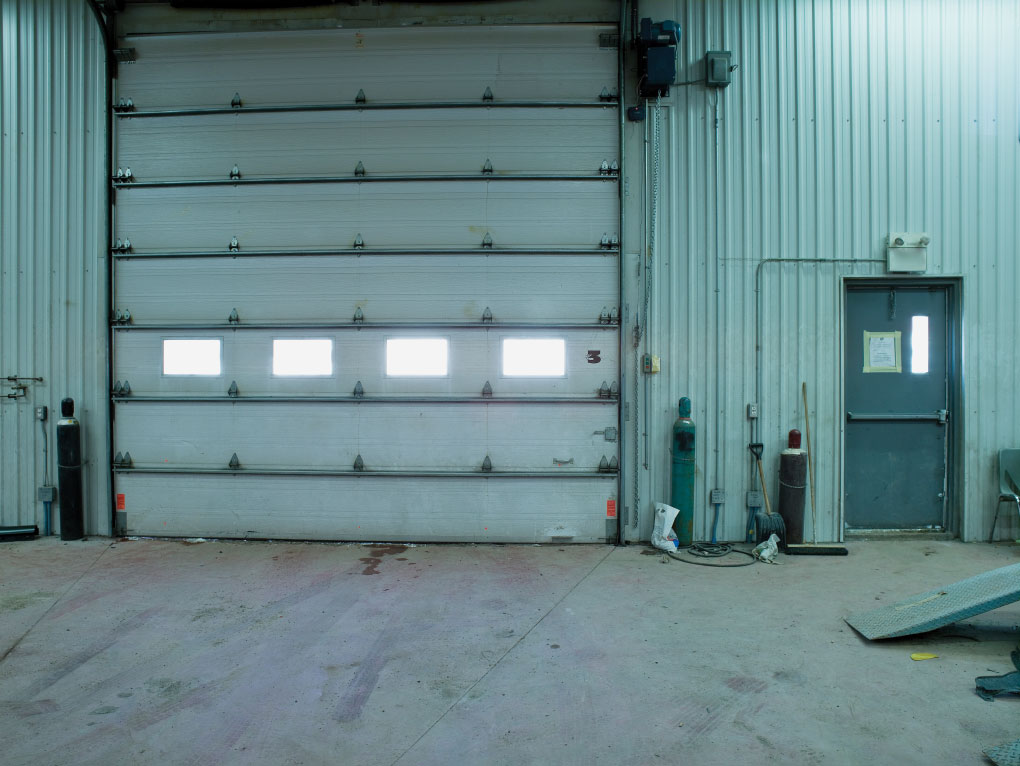In no particular order, here are things that will have an influence on the industrial developers, investors, boots-on-ground implementers, and brokers like yours truly:
The creeping impact of ESG
A relatively new acronym, ESG, stands for Environmental, Social, and Governance and is a new part of investor criteria in the U.S., especially. And it definitely applies to real estate. Staying clear of politics, Republicans dismiss this and Democrats over-emphasize it at times, but it is increasingly an influence in our world. Think solar, wind, diversity/inclusion and more boardroom scrutiny -- in public companies especially.
The nagging fear of recession with big influencers: potential US default and Russia
Again, staying away from politics, this one is a battle between budget hawks and more arcane economic futurists who downplay national debt. But one thing is for certain: a recession, perhaps a deeper one, will follow a U.S. default on its obligations. It can’t be allowed to happen. As far as Russia's war in Ukraine is concerned, nobody knows. It could end neatly or could turn into a catastrophe. It is up to Putin -- or to those who can somehow take him out of the picture.
Re-shoring: how much wishful thinking vs. reality?
It’s happening, for sure, and accelerating due to supply chain woes which, in the most dramatic example, left thousands of new cars and trucks to deteriorate unsold for lack of key components, notably computer chips. The question is, how much extra will Americans pay for American-made products. History says: not much.
Migration from the Northeast and California, and to Texas, Arizona, and Florida
It’s happening despite fears of decimated oceanfronts -- not just fears, of late -- in Florida, especially, but also Texas and Arizona are growing with welcoming governments with less regulation and lower taxes, whereas California and the Northeast have flights from high expenses and taxes. California, despite the trifecta of drought, fires, and unprecedented rainfall, is losing population, but not as much.
Volatility of tech: layoffs at end of 2022 and early 2023
Microsoft: 10,000, Twitter: 3,700 (half its workforce – thank you Mr. Musk), Facebook/Meta: 11,000, Google/Alphabet: 12,000, and, of course, Amazon laying off 18,000 employees which is a lot, but far fewer than the 100,000 furloughed in 2022 (out of 1.6 million employees). Of more consequence is the abrupt change in their real estate footprint from adding 20-30 million square feet in a year to giving back that much. Building material lead times shrunk dramatically as Amazon represented such a large percentage of national industrial development.
The elephant in the room: inflation
Until there’s a return to 3% inflation or less, there will be no stability in what property trades for and lease rates will be all over the map in trying to adjust. One thing is for sure: lease rates are headed up. Everyone has a story of a tenant trying to renew, being outraged at the landlord proposal, leaving in a huff, only to return with hat in hand begging for a renewal when competing properties all have similar high lease rates.
Finally, labor: It’s a major problem
Americans are not having children at a rate to perpetuate the supply of workers needed in our economy. You can talk robots and self-driving vehicles (including trucks) all day long, but we have a critical shortage of skilled and unskilled labor. Last fall, the nation was short more than 100,000 truck drivers, for example. Our broken immigration system and the dramatic reduction of legal immigrants has only made things worse. Talk of re-shoring for manufacturing and new suburban greenfield development stops cold when you know that you can’t fulfill the labor component.
Challenging times, for sure. Broker playbooks are getting thicker.








 RSS Feed
RSS Feed